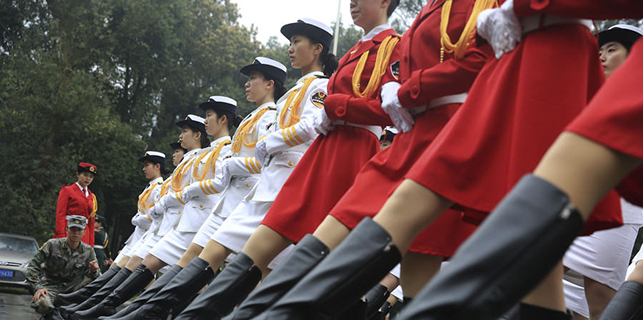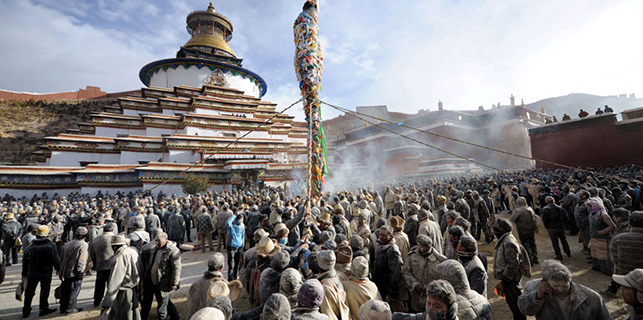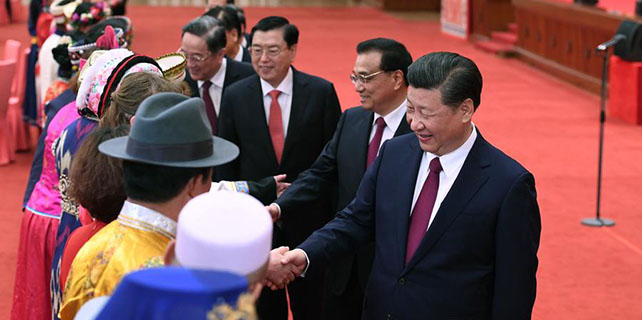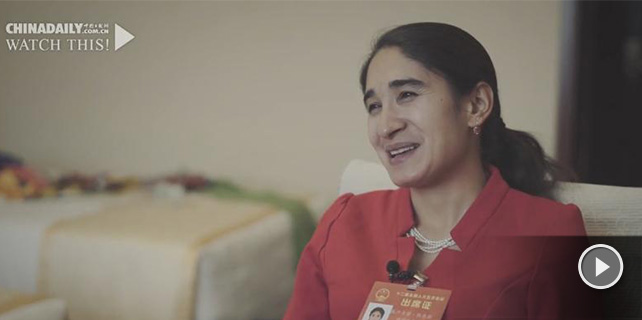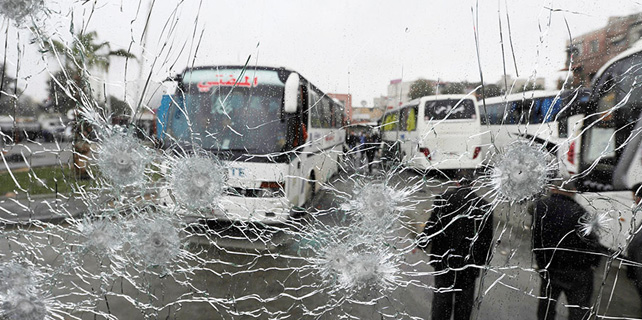Belt and Road Initiative gives globalization fresh impetus
BEIJING-Chongqing in southwest China does not produce any potassium fertilizer itself, but it will become a sales hub for it thanks to rail routes linking the city to Europe.
"In late March, the first train loaded with 500 metric tons of potassium fertilizer produced in Kazakhstan will reach Chongqing on its return from Germany," said the city's Economy and Information Technology Commission.
The city plans to import 3 million tons of fertilizer from Kazakhstan each year through the Chongqing-Xinjiang-Europe Railway by 2020, for domestic distribution and delivery to Japan and Southeast Asia.
"The Belt and Road Initiative creates enormous opportunities for bilateral economic and trade cooperation," said Zhang Jun, board chairman of a potassium company in Kazakhstan.
Chongqing had 420 freight trains to and from Europe last year.
The city has been one of the most active provincial-level regions to implement the China-proposed initiative aimed at building a trade and infrastructure network connecting Asia with Europe and Africa along ancient Silk Road trade routes.
Since 2013, the increasingly influential initiative has boosted trade and investment between China and economies along the routes and offered a solution to global economic difficulties.
China's combined imports and exports with economies along the Belt and Road topped 6.3 trillion yuan ($912 billion) in 2016, up 0.6 percent from 2015, according to China's Ministry of Commerce.
Chinese businesses helped build 56 economic and trade cooperation zones in 20 countries along the routes with a combined investment surpassing $18.5 billion, generating nearly $1.1 billion in tax revenue and 180,000 jobs in those countries.
For example, Chinese-operated Sihanoukville Special Economic Zone in Cambodia has attracted 102 companies from China, Japan, the United States and Europe.
"The economic zone served as a platform for Chinese enterprises to participate in the Belt and Road (Initiative)," said Zhou Haijiang, president of HoDo Group based in China's eastern Jiangsu province, the developer of the 5-square-kilometer zone.
"Chinese enterprises went global and boosted local development in economies along the Belt and Road (region) on a win-win basis," said Liu Zhibiao, a national political adviser and professor in economics at Nanjing University.
"The Belt and Road Initiative has become the most popular public good and a platform for international cooperation ... (promising the) brightest prospects for the world," said Wang Yi, Chinese foreign minister, on Wednesday on the sidelines of the annual legislative session.
More than 20 heads of state and governments, over 50 leaders of international organizations, over 100 ministerial-level officials, as well as over 1,200 delegates from various countries and regions will participate in the Belt and Road Forum for international cooperation in May in Beijing.
"The Belt and Road Initiative is against narrow-minded protectionism and isolationism," said Sergei Luzyanin, director of the Far Eastern Studies Institute under the Russian Academy of Sciences. "We only had the Western European-American option of integration and economic development in the 1990s, now there is a new option from China."







